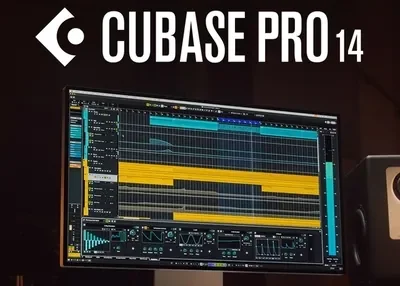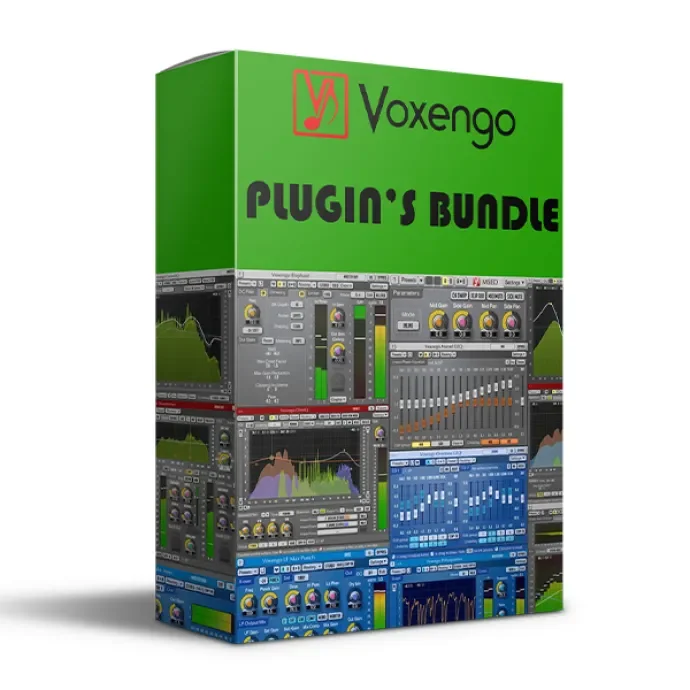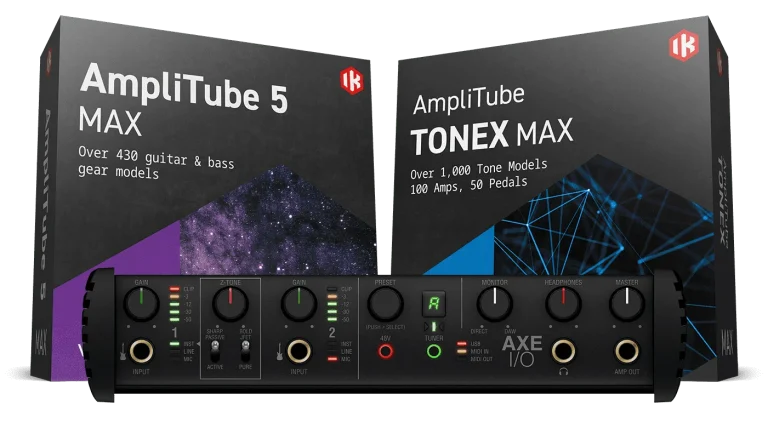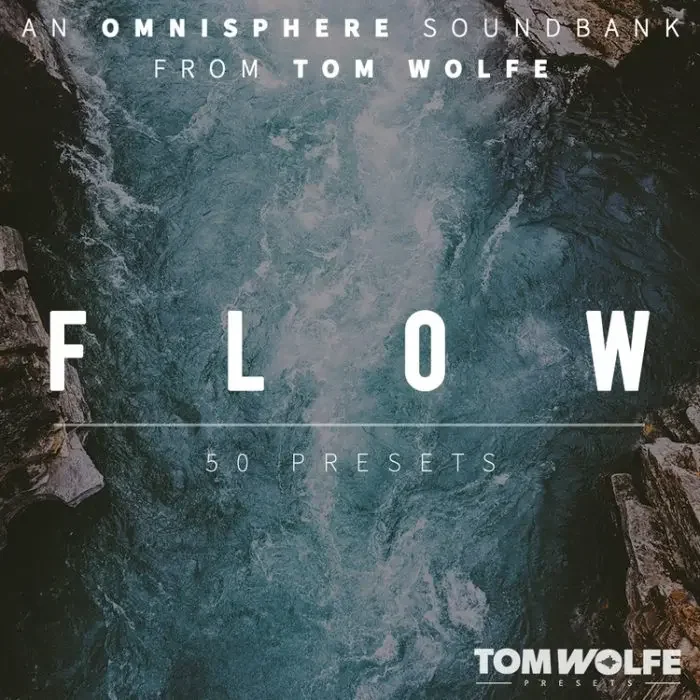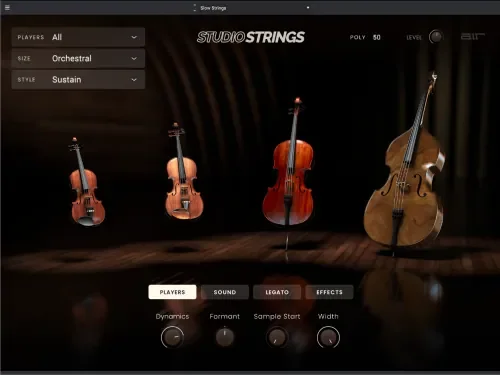
Unlock Endless Sound Possibilities with Studio Strings for Music Production
If you’re a music producer or composer looking to elevate your tracks, Studio Strings offers an incredible toolkit to craft breathtaking orchestral sounds. This innovative software provides a variety of string instruments that bring the richness of a full orchestra right to your studio. With multiple models and articulations at your disposal, the creative potential for sound creation is virtually limitless. In this guide, we’ll dive into the unique characteristics of the four primary string models included in Studio Strings and how they can transform your compositions.
Why Choose Studio Strings for Your Music?
Studio Strings stands out in the realm of music production by offering a versatile selection of instrument models. Whether you’re aiming for deep, resonant lows or soaring melodic highs, this tool equips you with everything needed to mimic a professional orchestra. The distinct articulations allow for nuanced expression, making it a go-to choice for producers seeking authentic orchestra sounds.
Breaking Down the Four String Models
Each of the four models in Studio Strings represents a core component of a traditional string section. Let’s explore their unique qualities and how they contribute to your musical arrangements.
1. Bass: The Foundation of Deep Tones
The Bass model is the powerhouse of the string family, delivering the deepest and most grounding tones. As the largest bowed instrument in an orchestra, it serves as the ultimate sub-bass, adding profound depth to your compositions. Whether you’re creating cinematic scores or modern tracks, the bass ensures a robust foundation with its rich, low-end presence.
2. Cello: The Soulful Middle Voice
Sitting in the lower-middle range of the orchestral spectrum, the cello brings a warm and expressive tone to your music. With a slightly higher pitch than the bass, it often takes center stage in solo passages, thanks to its captivating harmonics. The cello tones are instantly recognizable and add an emotional layer to any arrangement, making it a favorite for heartfelt melodies.
3. Viola: The Rich Mid-Tone Companion
The viola offers a lush, full-bodied sound that perfectly complements other string instruments. Often overshadowed by the violin, the viola holds its own with a deeper, more resonant tone that enriches the mid-range of an orchestra. Its viola richness provides a unique texture, making it an essential element for creating balanced and dynamic pieces.
4. Violin: The Star of High Melodies
When you think of string sections, the violin often comes to mind as the lead melodic voice. As the highest-pitched instrument in the family, it shines in classical arrangements with multiple sections weaving intricate harmonies. The violin melody is synonymous with elegance and is ideal for crafting memorable themes in your music.
How Studio Strings Enhances Your Creative Process
With Studio Strings, you’re not just limited to predefined sounds. The ability to switch between instruments and experiment with various articulations means you can tailor every note to fit your vision. This flexibility is invaluable for producers aiming to create authentic orchestra sounds without the need for a live ensemble. Whether you’re working on film scores, classical pieces, or modern genres, these sound creation tools empower you to bring your ideas to life.
Final Thoughts on Studio Strings
Incorporating Studio Strings into your workflow opens up a world of musical possibilities. From the deep resonance of the bass model to the soaring elegance of the violin melody, each instrument adds a distinct flavor to your tracks. If you’re ready to take your music production to the next level, exploring the capabilities of these string instruments is a must. Dive in and let your creativity orchestrate something truly extraordinary!
Ready to transform your sound? Start experimenting with Studio Strings today and discover the magic of a virtual orchestra at your fingertips.
